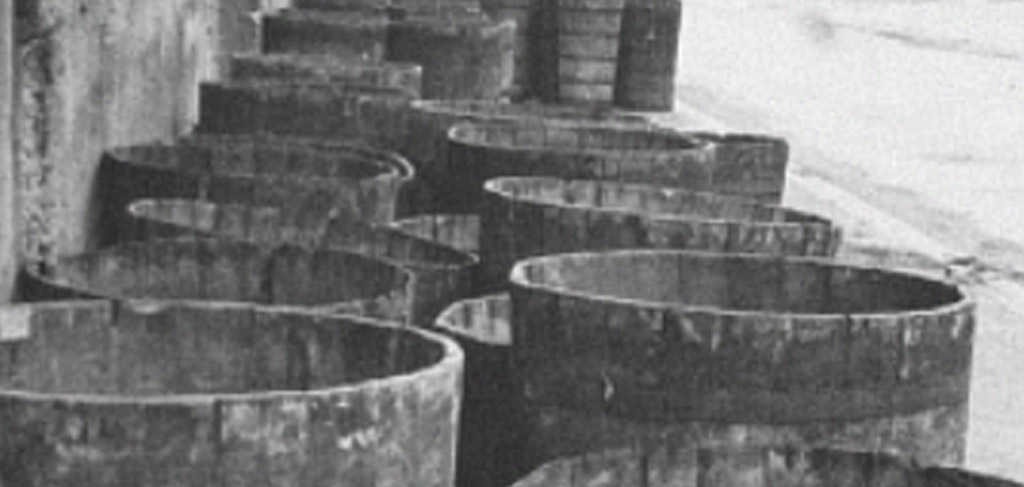
The end of September is approaching and with it, as every year, we are close to the beginning of the grape harvest season. Therefore, in today’s article, we want to tell you a little more about how the traditional grape harvest was carried out 30 or 50 years ago, and next week we will be able to compare it with the current harvest.
Having said that, the three main differences that we can find in the traditional grape harvest with respect to the current one is the use of three tools: the corquete, the chestnut basket and the comportón. At that time, the corquete was used, a small sickle with which we separated the bunches of grapes and then filled the chestnut basket with them. After this, these baskets were transported to the beginning of the renque and were then tipped into the comportones, baskets that could hold up to 80 kg of grapes. After filling these comportones, donkeys or mule-drawn carts transported these baskets to the winery.

As far as winemaking is concerned, from the outside of the winery, through a window that communicated with the lake, the comportón was poured. The lake is a square hole dug in the ground, usually 2 meters wide and 3 meters deep, which used to hold between 14,000 and 16,000 kg of grapes. Once the lake was completely filled with grapes transported by the comportones, the alcoholic fermentation began, which would transform the must into wine for a week or 10 days.
In addition to this, it is worth mentioning that the harvest used to be a few days or even a few weeks later, around the beginning of October. And, adding this delay in the harvest with the fact of using older tools, it was possible to finish the harvest some years at the beginning of November, with a little snowfall.
Once the 7-10 day period mentioned above had elapsed, the grapes were crushed. The aim was to break all the berries that were not broken during the winemaking process, in order to obtain the greatest amount of must. These lakes were connected to rooms that had been excavated underneath them, and the wine would move to them. In these rooms we would find the vats, where the wine would finish fermenting.
In this way we could obtain 3 types of wine: the tear wine (the wine that had come out during the first week, prior to crushing), the heart wine (the wine obtained during crushing) and the pressed wine (a wine whose grapes had been crushed two consecutive days and whose skin paste had been pressed).
Once the wine had finished its fermentation, it was settled, racked and then came the muleteer, who would be the buyer of the wine from the vats.
Finally, it should be noted that at that time, only the larger wineries could afford to make aged wines, since the small farmer did not have the necessary tools to do so.
That said, here ends this introductory article to the traditional grape harvesting system, next week we will talk about how we harvest nowadays. If you enjoyed this article, we invite you to stop by our YouTube channel, where every Saturday we upload a video dealing with the same topic as here in greater depth. The video related to this article will be released this Saturday.
